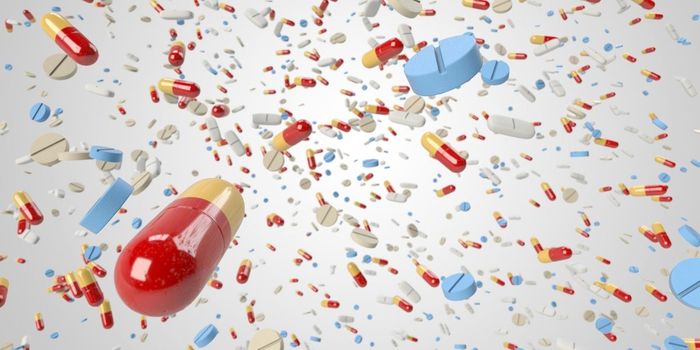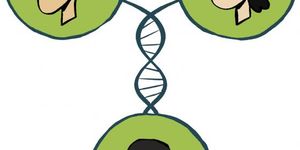Synthetic drugs are those created with man-made chemicals that mimic responses from natural compounds. On the market, these drugs are known with their street names, such as "K2," "spice," "bath salts," and "N-bomb." These drugs generally fall into two categories: synthetic cannabinoids, also known as "synthetic pot," and synthetic cathinones, also known as "synthetic stimulants."
Synthetic cannabinoids aim to replicate the "high" from marijuana, using the chemical JWH-018 to replace the THC naturally found in the plant. Similarly, synthetic cathinones replicate effects of amphetamines or cocaine, and often contain methylenedioxypyrovalerone (MDPV), mephedrone, and methylone. In both types, the synthetic version is exponentially more potent than the natural version, and can amplify symptoms of anxiety and panic to dangerous levels. The synthetic mimics also cause a plethora of neurological conditions, including seizures and heart palpitations.
Moreover, to avoid the illegal label, the ingredients in these synthetic drugs are constantly changing. And without any quality control, users can never be quite sure what actually ended up in their drugs. Thus, reactions and sensitivity are never the same from one instance to the other, making the synthetic drugs even more unpredictable.
With use of these drugs on the rise, we have also seen an increase in violence, erratic behavior, and even death that are associated with these substances. Watch the video to learn the chemistry behind why we should leave these drugs alone.








